Whether you're cruising along the scenic roads of Margaret River, navigating the lively streets of Perth or venturing into the vast landscapes of Broome, having the right car insurance is essential for residents of Western Australia. Fortunately, comparing offers side by side is about as straightforward as it gets, so finding the policy that suits your needs has never been simpler.
What car insurance options can I choose from in WA?
When it comes to car insurance in WA, there are four main options to choose from. These are:
Compulsory third party (CTP)
CTP insurance is the only mandatory type of car insurance in Australia. It covers injuries or death caused to others in an accident but not damage to property, other vehicles or the driver’s own injuries or vehicle.
The main difference between them is that CTP insurance is mandatory across Australia, while the other three aren’t. You can see a basic breakdown of what is and isn’t included in each type of policy in the table below:
| Claimable event | Comp. | TPFT | TPPD | CTP |
|---|---|---|---|---|
| Damage to someone else’s property | ✔ | ✔ | ✔ | ✖ |
| Damage to your car due to fire | ✔ | ✔ | ✖ | ✖ |
| Damage to your car due to theft | ✔ | ✔ | ✖ | ✖ |
| Damage to your car due to weather | ✔* | ✖ | ✖ | ✖ |
| Damage to your car due to accident or collision | ✔ | ✖ | ✖ | ✖ |
| Injury or death of someone else in an at-fault accident | ✖ | ✖ | ✖ | ✔ |
| *Not all weather-related incidents are covered under a comprehensive car insurance policy. Check your PDS to find out what's covered and what isn't. | ||||
WA car insurance requirements
As mentioned, CTP insurance (known as motor injury insurance in WA) is mandatory. You’ll pay this premium each time you register your vehicle in the state. All motor injury insurance is administered by the Insurance Commission of Western Australia, so you won’t be able to choose your insurer.
How much does car insurance cost in WA?
Your car insurance premium is determined by a wide set of variables, so it’ll be different for everyone. You can see in the tables below how the cost of car insurance in WA differs based on the model you buy and your gender:
2025 Ford Ranger XL 2WD Two-Door Cab Chassis
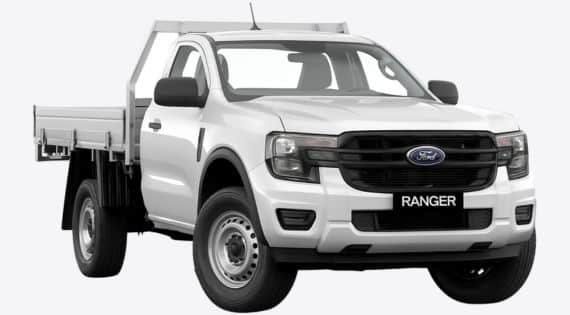
| Gender | Cheapest premium | Average premium | Most expensive premium |
|---|---|---|---|
| Male | $1,065 | $1,521 | $1,951 |
| Female | $1,084 | $1,521 | $1,941 |
|
Male Female |
|
$1,065 $1,084 |
|
$1,521 $1,521 |
|
$1,951 $1,941 |
2025 Toyota RAV4 GX 2WD
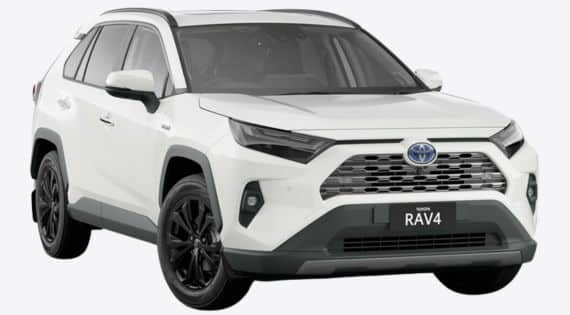
| Gender | Cheapest premium | Average premium | Most expensive premium |
|---|---|---|---|
| Male | $843 | $1,488 | $1,981 |
| Female | $857 | $1,486 | $1,971 |
|
Male Female |
|
$843 $857 |
|
$1,488 $1,486 |
|
$1,981 $1,971 |
2022 Hyundai i20 N
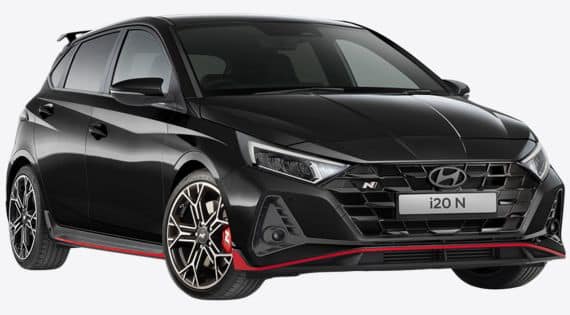
| Gender | Cheapest premium | Average premium | Most expensive premium |
|---|---|---|---|
| Male | $673 | $1,111 | $1,429 |
| Female | $698 | $1,114 | $1,423 |
|
Male Female |
|
$673 $698 |
|
$1,111 $1,114 |
|
$1,429 $1,423 |
2020 Mazda6 Sport
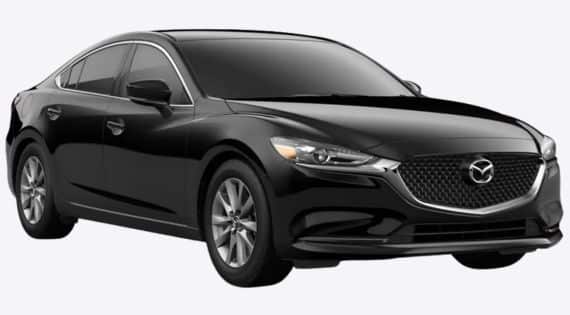
| Gender | Cheapest premium | Average premium | Most expensive premium |
|---|---|---|---|
| Male | $900 | $1,399 | $1,744 |
| Female | $914 | $1,397 | $1,736 |
|
Male Female |
|
$900 $914 |
|
$1,399 $1,397 |
|
$1,744 $1,736 |
Comprehensive car insurance quotes based on a 35-year-old driver who obtained their licence at 17, has held comprehensive cover with no claims over the last five years, is employed full-time, is a homeowner and lives in Perth (6015), uses their car for private purposes and commuting only (business usage included in the Ford Ranger quote) and drives approximately 12,000km per year. All quotes are based on a $1,000 excess. All cars are garaged, have no modifications or non-standard accessories and have an alarm installed. Quotes obtained through Compare the Market on 20 November 2025.
Although gender is a relatively minor factor, you can see how much your premium varies for different cars. Another key factor lenders consider is where you live, with different parts of WA producing different premiums:
2020 Toyota RAV4 GX 2WD
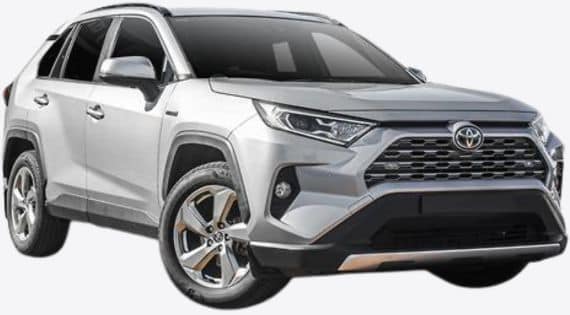
| Location | Cheapest TPPD premium | Cheapest comprehensive premium |
|---|---|---|
| Perth | $353 | $797 |
| Geraldton | $180 | $1,003 |
| Bunbury | $207 | $872 |
| Mandurah | $243 | $845 |
| Albany | $203 | $785 |
| Broome | $168 | $1,156 |
|
Perth Geraldton Bunbury Mandurah Albany Broome |
|
$353 $180 $207 $243 $203 $168 |
|
$797 $1,003 $872 $845 $785 $1,156 |
Car insurance quotes based on a 35-year-old male driver who obtained their licence at 17, has held comprehensive cover with no claims over the last five years, is employed full-time, is a homeowner, uses their car for private purposes and commuting only and drives approximately 12,000km per year. All comprehensive quotes are based on a $1,000 excess and TPPD quotes on a $600 excess. All cars are garaged, have no modifications or non-standard accessories and have an alarm installed. Quotes obtained through Compare the Market on 20 November 2025.
In WA, our research found that the cheapest areas for third party insurance were typically the most expensive locations for comprehensive car insurance. Remote areas like Geraldton and Broome cost the most for comprehensive cover, while Perth and Albany were the cheapest.
How do I compare car insurance in WA?
There’s plenty to think about when you’re considering different car insurance policies. Some of the most important points of comparison are:
- The premium: avoid overpaying for your coverage where possible. Although adequate cover is the name of the game, you don’t want to be paying through the nose for car insurance.
- The inclusions: make sure your policy offers cover for all the events you need. There’s little point signing up for car insurance that doesn’t have the inclusions you’re looking for.
- How you’re using your car: estimate how much you’ll be driving as accurately as possible to see how different premiums shake out. It’s also important to look at how premiums compare if you use your car for business purposes.
- Applicable discounts: if there are attractive signup bonuses, you could potentially save by buying online or bundling your home and contents. Don’t sacrifice suitable cover for a short-term discount, though.
- The excess: think about how much you’re willing to fork out when you have to make a claim. Excesses can range from the low hundreds to well over $1,000, depending on your insurer.
- Annual payments: while pretty much all insurers will allow you to pay monthly or annually, check to see if there are discounts applicable to annual premiums.
Why compare car insurance policies through Savvy?
100% free comparisons
There's no need for you to pay a cent to compare a variety of competitive policies side-by-side.
Any time, anywhere
Because all our tools are available online, you can compare car insurance policies no matter where you live, day or night.
Reputable partners
We're partnered with Compare the Market to help our customers lock in the best deal tailored to their needs.
- Motor Injury Insurance - Department of Transport and Major Infrastructure









